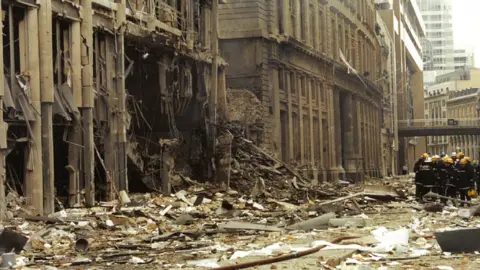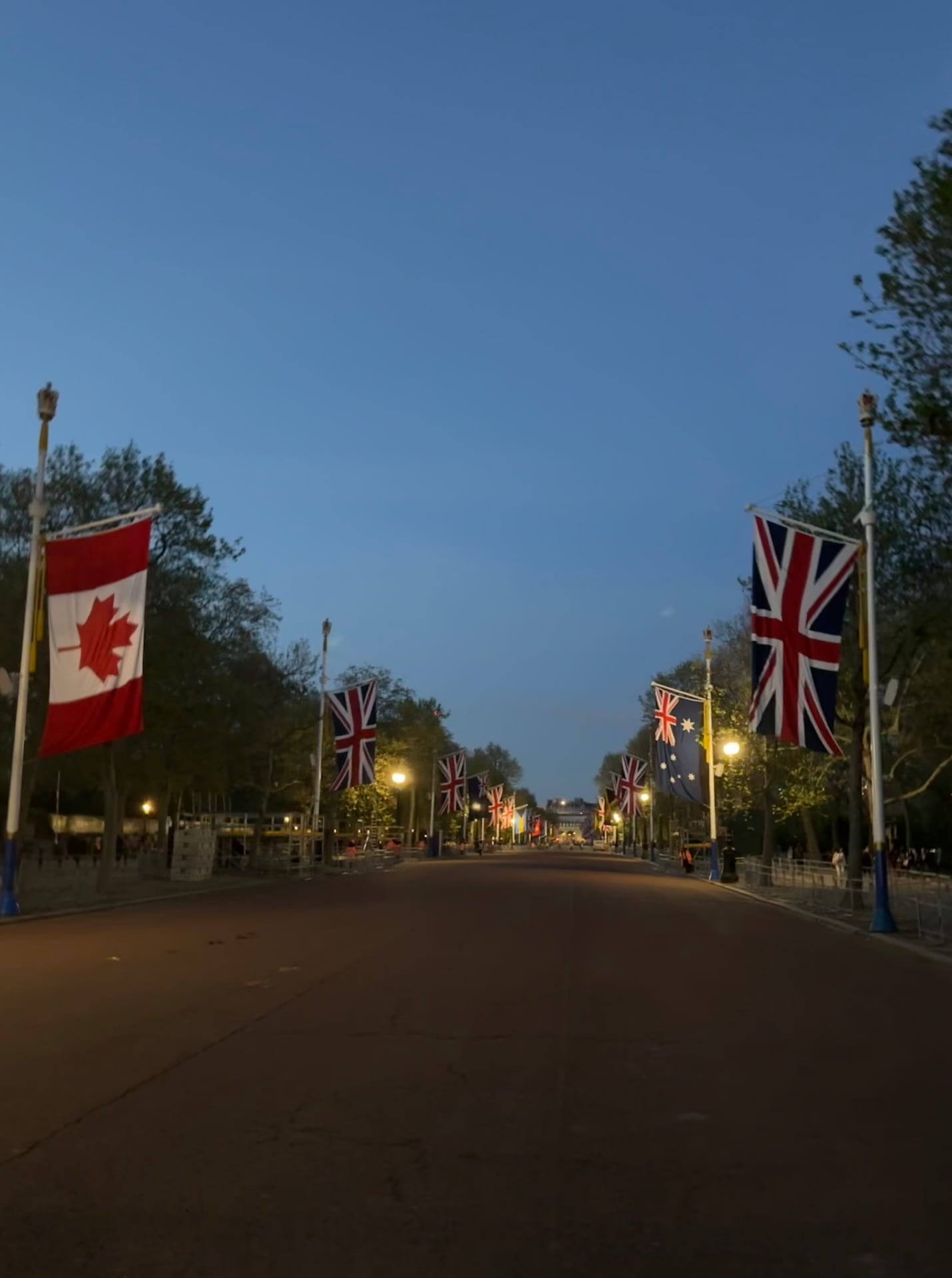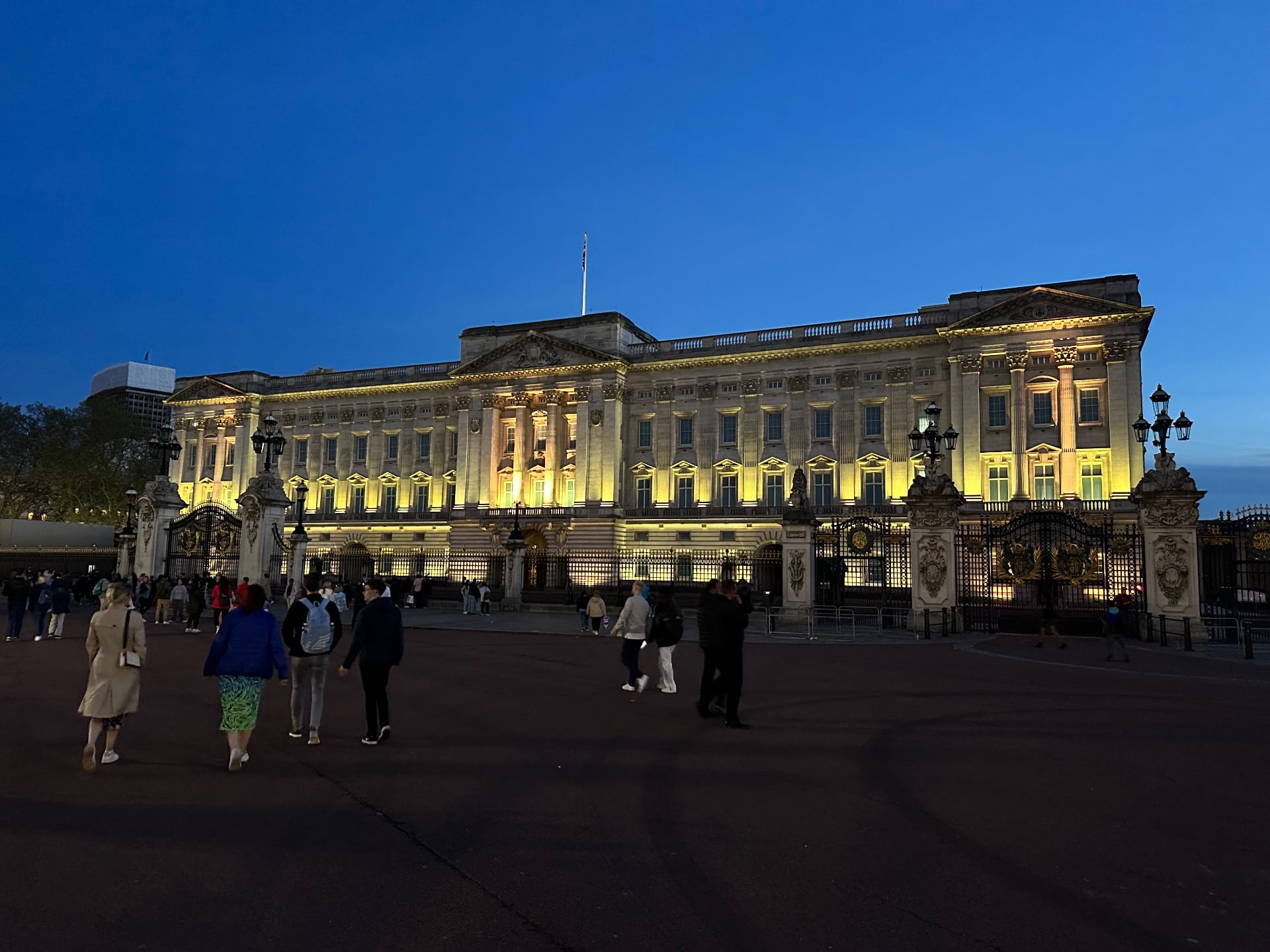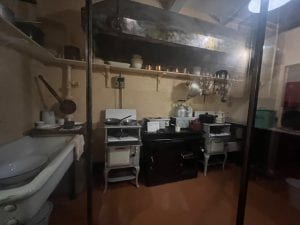

WINSTON CHURCHILL AT THE CABINET WAR ROOMS, MAY 1945 (COL 30) The Prime Minister seated at his desk in the Map Room. Copyright: © IWM. Original Source: http://www.iwm.org.uk/collections/item/object/205124436
Prior to entering Winston Churchill’s War Rooms, I thought I knew everything about Churchill that I needed, and cared, to know. I was wrong. In the museum, I learned that Churchill had signs posted that said, “There is to be no whistling or unnecessary noise in this passage,” due to his severe sensitivity to sounds. This explains why he required everyone in the War Rooms to use a noiseless typewriter.
The museum is about Churchill’s life. It begins during wartime, and continues through the post-war time period, his death, his birth, his childhood, early political career, until visitors circle back to the war. The purpose for this was to catch visitors up to speed on how Churchill entered the Prime Minister position with the influence he had. The museum was rectangular, dark, and cramped, with rows of displays that are not all parallel to each other. Then, add at least 50 people walking around, passively looking at Churchill’s various awards and medals, while listening to an audio guide the museum provides. The room is mostly dark, and the sound of shuffling feet and some distant recording of one of Churchill’s speeches blankets the room.

Churchill War Rooms and Museum Map (IWM)
When I entered the museum, I noticed a sign outside of the entrance that recommended visitors walk in a clockwise direction around the sections. However, there isn’t a max amount of people for entering the museum, therefore, I struggled to view the museum as recommended. I became frustrated by the amount of people who blocked the rows, were walking in a counterclockwise direction, or had to brush me in order to pass me.

Inside the Churchill Museum (Axel Feldman / Nick Bell Design)
Taking a moment to think, I noticed that I felt negative towards the museum simply because of my own personal feelings. This prompted me to ask myself, what if the museum had purposely made the recommendation vague? The emotions that I experienced while going through the War Rooms were very similar to the emotional experiences of the people who worked there. Examples being too much unnecessary noise, noisy behavior, lack of personal space, and other people, etc. Had the museum limited the amount of people who entered, I guarantee that visitors would have a different experience. I wondered if this was deliberate in hopes that the natural courses the museum would lead visitors through would simulate what Churchill and the War Room workers experienced during the war. Even if the museum was not intended to bring about responses like I experienced, it is really important to notice how this can affect the public study of history. The War Rooms and museum stand out to me the most out of every museum I’ve ever visited. I am extremely grateful towards Churchill, his cabinet, and all the people who worked in the War Rooms. They all sacrificed their freedom to live above ground in the sun, and the right to make unnecessary noises, to help the Allies defeat the Axis Powers.

In the signals office on February 2nd, 1941 (IWM)
Including the following links to more information on the Churchill War Rooms and its preservation:






























